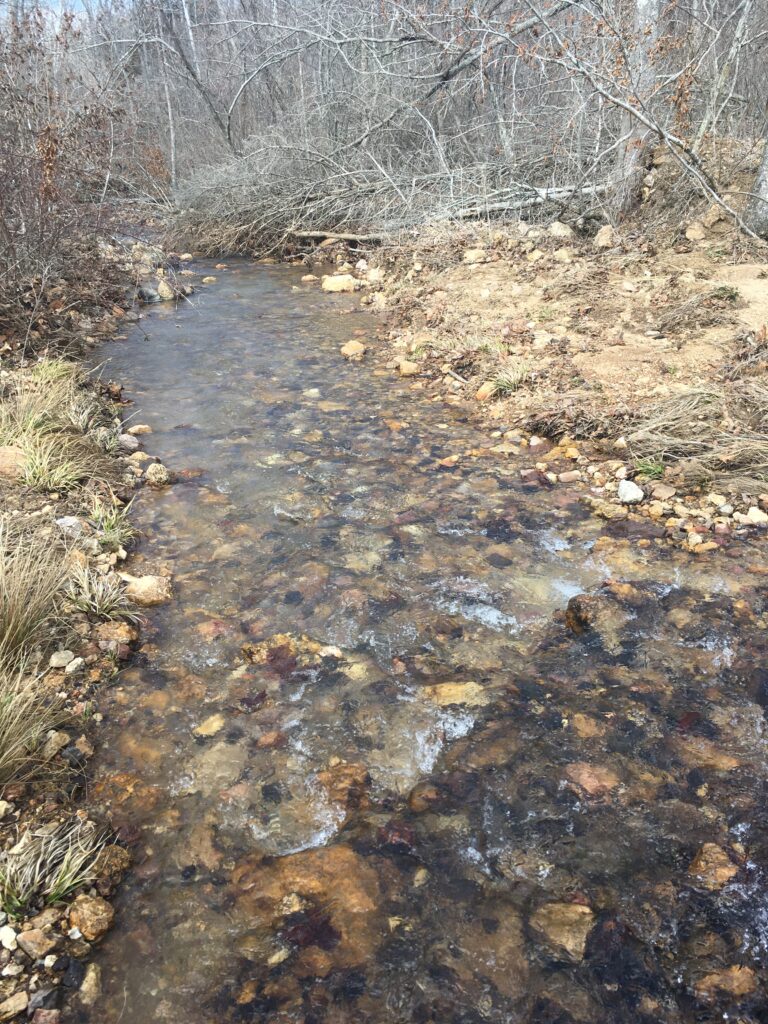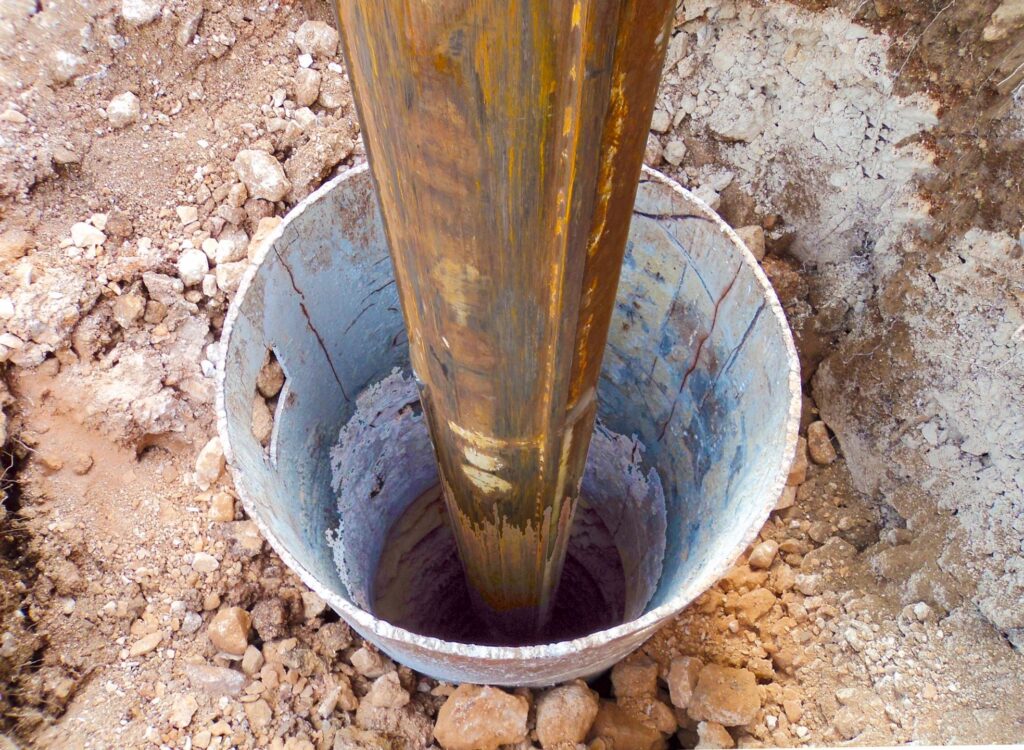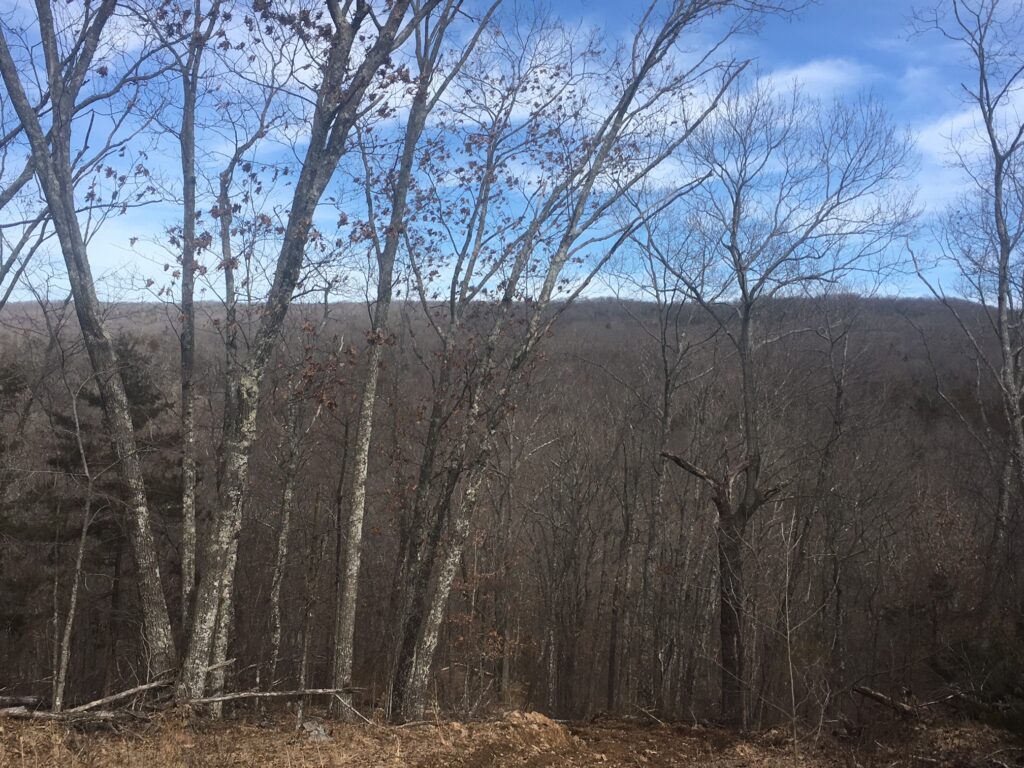Previously I discussed what a “bug out property” is, how it should be used, and why buying one makes sense not only in the instance of a future life-altering event, but for use in the meantime as well.
(You can find A Place To Go When It Hits The Fan [Part 1] here!)
Here’s the criteria for finding your own ideal bug out location as based on years of studying the subject and talking to hundreds of people shopping for such properties.

The biggest selling point for a piece of rural property is “year-round water.” That usually means a spring that runs through the property, or ideally originates on the property to avoid any unseen contamination upstream. But such properties command a premium price. You can often find a piece of rural land that meets your other criteria and is near a stream or river that flows year round. If you happen to be buying in my region, the Ozarks, chances are that stream or river is spring-fed and relatively clean.
Most preppers or serious campers keep a water purifier on hand. Getting sick from bad water is one thing, but getting sick at a time when you’re already stressed or worn thin could be deadly. Water filters are relatively cheap and range in size from a straw that goes in a water bottle to a countertop model that can purify gallons at a time … all without electricity.

Next, look for a location less than a half-tank of gas away from where you live. For example, if your truck or SUV has a 20-gallon tank and averages 20 miles per gallon, you could travel approximately 400 miles on a half tank of fuel. It’s good practice to always keep at least a half tank of gas at all times anyway. When the gauge reaches the halfway point, stop and fill it up as if it were nearing empty. Do it a few times and it’ll become an automatic habit. Most of my buyers want their recreation/bug out property to be within 90 to 120 minutes (or 50-75 miles) of their city home.
Another thing to consider is the lay of the land. Where I live in the Ozark Mountains of southern Missouri nearly all the land is rolling hills. Should bad times befall us, most preppers want to be able to protect the perimeter of their property, or at a minimum all ingress and egress routes. That could mean watching roads leading in and out from a vantage point or using technology and installing video surveillance or driveway alarms.
The ultimate location for bugging out would be a rolling property with one or two ways in and out, wooded around the perimeter as to limit sight by others, an area level enough for a cabin or campsite, and far enough off the beaten path as to not get caught up in urban discourse should trouble arise.
We talked about water. While that can be solved with a spring or stream, it can also be solved by a drilled well. In some locations you can simply drive a pipe into the ground with a sledgehammer and mount a hand pump or 12-volt pump and you have an unlimited supply or water. Other areas such as the desert or some portions of the Rockies, Appalachians or Ozarks, you might have to drill through hundreds of feet of bedrock to reach a sustainable water table. It’s still doable, but just count the cost into your land purchase plan.

Dealing with human waste can be tricky on unimproved land. For centuries humans used chamber pots and dumped the waste a distance from the house. Then came the popular invention called the outhouse. In the past century, indoor plumbing became the norm.
Modern-day septic laws in most states require a costly percolation test on properties less than three acres before installing a new septic tank and drain field. These tests can be expensive, and often it makes sense to buy a property of more than three acres (or whatever the threshold is in the state where you’re buying) to avoid such costly governmental involvement. If your property exceeds that minimum threshold you can often just hire a local with a backhoe and some knowledge of how to install a septic tank and drain field. The cost will be far less than have the percolation test done and the system installed by a certified, licensed installer.
If you choose to stick with an outhouse at your rural property, be careful to position it far away from the drinking water source. Heavy rains could contaminate your drinking water source due to storm-water runoff.
Another great option is a composting toilet. Camping supply stores sell little portable models for next to nothing. Or you can research online and build your own utilizing a 5-gallon bucket, a little bit of lumber, and a toilet seat and lid. Years ago when we built out our off-grid cabin I announced to my wife that we were going to try such a homemade unit. She was extremely skeptical it would work and not stink like … well, you know! I followed plans from a trusted You Tuber, and we’ve used the setup for several years now without complaint. At some point I’ll document how to build such a toilet.
As for how to buy rural property, check out Buying Rural Land: The First Step found here!
Waiting until some life-changing event happens is not the time to decide to secure your own rural getaway. Owning a piece of rural acreage can mean serenity, security, simplicity, and safety… whether you buy into the prepper lifestyle or not. As mentioned before, owning a piece of rural property has countless benefits for your quality of life now and later.
And what if you’re not in a financial place to buy a chunk of land? Just like the doctors, lawyers, and businessmen who were looking for that piece of land years ago, sometimes family members or friends go in together to purchase property. I’ve sold many properties to small groups of family members or friends.
Either way, the time to buy is now. There’s a popular saying among preppers that goes something like this …“A half-hour before the prom is not the time to learn to dance.”
Want to buy your own piece of rural land? Check this out:
https://matrix.marismatrix.com/matrix/shared/TGHNsyHkp6Gd/6NHwy


